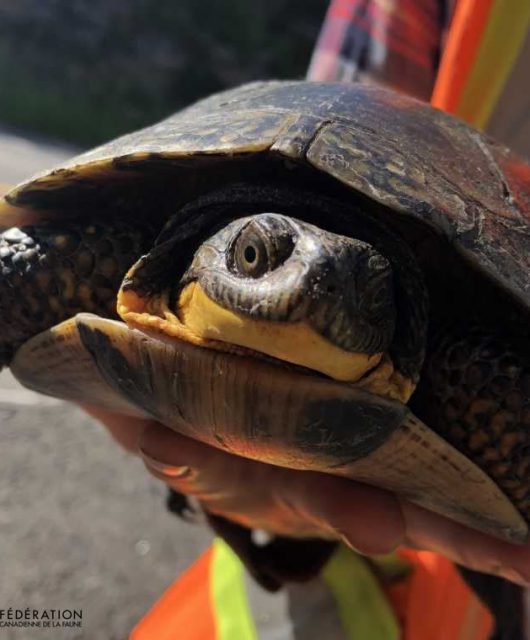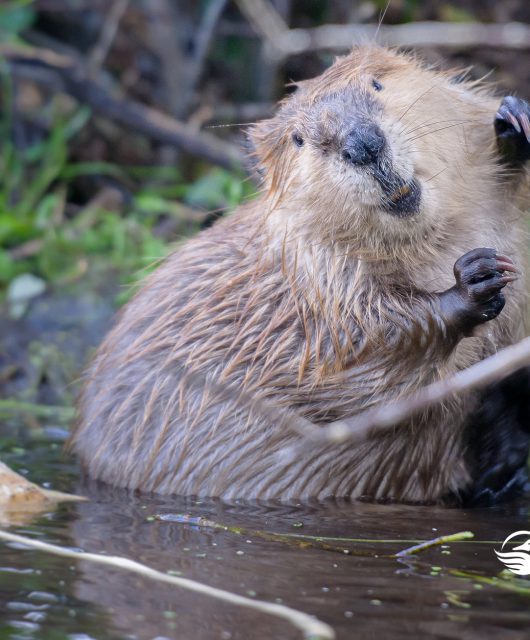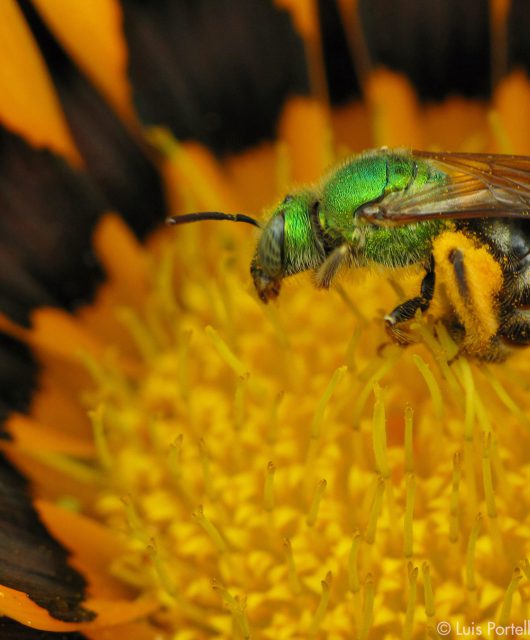One of the perks of working for the Canadian Wildlife Federation is that you never know what you may stumble upon.
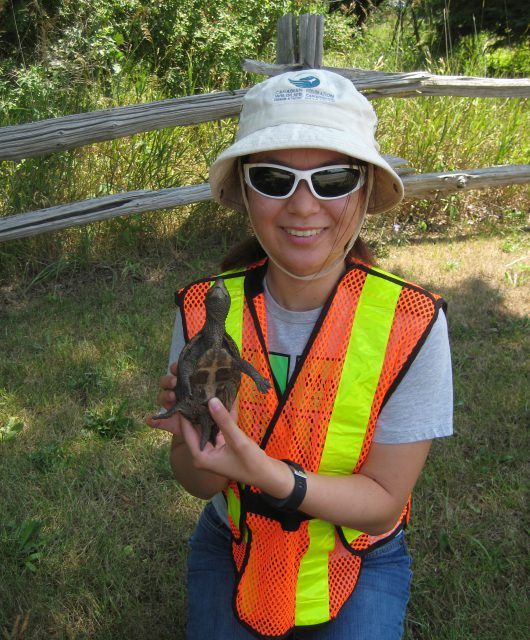
This particular story began in 2018. We were in the middle of a survey for turtles killed on roads when we encountered a dead turtle that we couldn’t identify to species.
“Could it be a Musk Turtle?” I asked.
This was met with a very emphatic: “No, we’re too far away from water.”
By the following morning, after consulting field guides, it was determined that it was, in fact, an Eastern Musk Turtle (also known as the Stinkpot).
But this incidental find did raise the question, is this species more terrestrial then we think?
The Eastern Musk Turtle is a highly aquatic species that rarely leaves the water. The species has been observed making overland movements just shy of 50 metres in response to drying wetlands. But even traveling this far seems to be rare — considerably less than the 180 metres our Musk Turtle traveled from the nearest water body. Even expanding our search to include reports where it was unclear how or why the turtle was there (eagles and other predators are known to carry them off) our observation was one of the longest reported overland movements. Detailed studies on terrestrial movements of this species are somewhat sparse. It’s quite possible that we’ve yet to observe the extremes of how this species can move on land.
A New Way to Understand Musk Turtle Movements
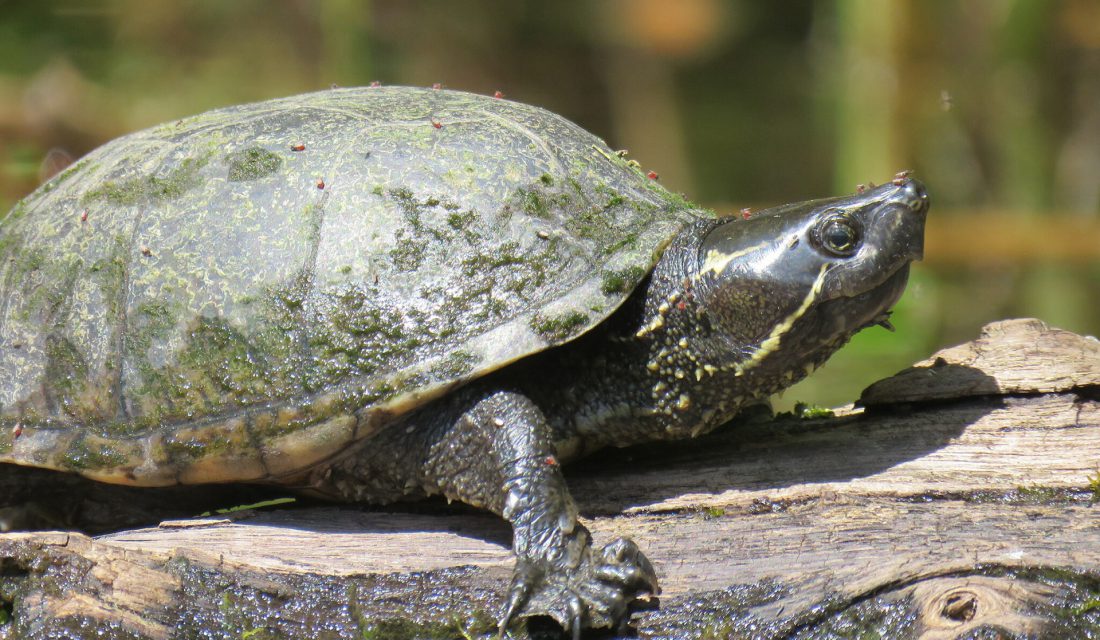
At this point we turned to an alternative way to look at terrestrial movement: iNaturalist Canada data. iNaturalist Canada is a community science platform for people to report species observations. The platform helps identify the observation using photo recognition software and input from other users. It also helps researchers like us study spatial distribution and trends for a wide variety of species.
At the time of the analysis, iNaturalist had more than 400 confirmed observations of Eastern Musk Turtles in Canada. We were able to identify 15 instances of Eastern Musk Turtles on roads with good spatial accuracy that were more than 25 metres away from water. We considered distances smaller than this as a minor movement. Of these observations, eight were 100 metres or more from water and one was more than 300 metres from any waterbody.
Although not conclusive, it would suggest that these turtles were on a very lengthy land journey. These data led to several questions: Were the movements triggered by rainfall? Were they traveling between waterbodies? If so, the next nearest waterbody was typically more than 300 metres away — were they just out exploring the area around their home? That’s still a very long walk for a turtle that could easily sit in your hand.
There’s certainly more work to be done, but the evidence suggests that this cryptic little turtle is more mobile on land than we initially thought. Read the full paper >
If you found what we did with the community science data interesting, why not create an iNaturalist account? It’s free, and submitting your observations helps us better understand our native wildlife. Plus you can learn more about species that are in your area!


